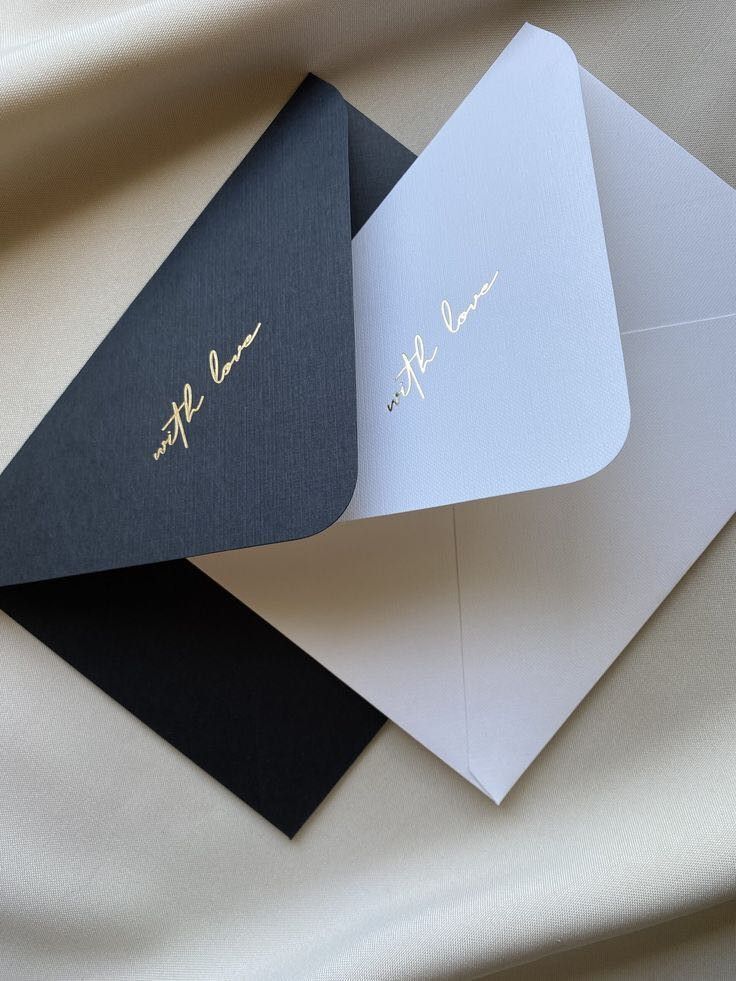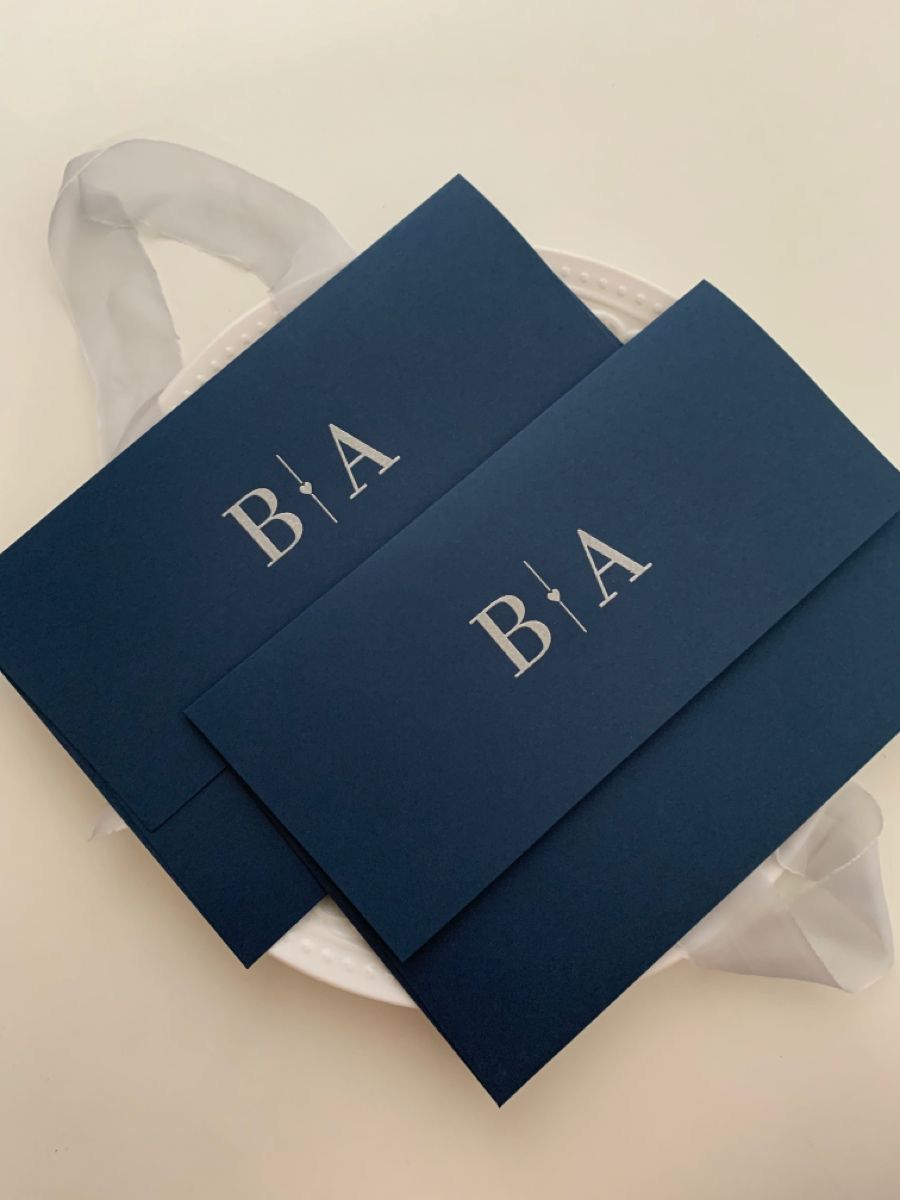Why is the foil pattern blurry on an automatic paper-feed digital hot foil printer?
Release time:
2025-08-06
Author:
Source:
Blurred foil patterns produced by automatic paper-feed digital hot foil printers can stem from multiple factors, each requiring careful investigation:
1. Improper Parameter Settings
This is one of the most common causes:
Insufficient temperature: If the temperature is too low, the foil fails to melt properly and adhere fully to the paper, resulting in faint, incomplete patterns with missing details.
Excessive temperature: Overly high temperatures cause the foil to over-melt, spreading beyond the intended design boundaries and creating a smudged, blurred effect.
Inadequate pressure: When pressure is too low, the foil doesn’t transfer evenly to the paper surface, leading to patchy, indistinct patterns.
Excessive speed: If the machine operates too quickly, the foil doesn’t have enough contact time with the paper to transfer completely, resulting in blurred or partial designs.
2. Material Mismatch or Poor Quality
Incompatible paper and foil: Rough or textured paper surfaces paired with standard foil often lead to poor adhesion, as the foil can’t conform to uneven areas, causing blurriness.
Low-quality foil: Foil with uneven coating or inconsistent thickness will transfer unpredictably, resulting in patchy, blurred patterns.
3. Equipment Issues
Worn components: A damaged or worn printing drum/head may make uneven contact with the paper, leaving some areas of the pattern blurred.
Paper feed misalignment: Slipping rollers or misadjusted guides can cause paper to shift during printing, leading to misaligned, blurred patterns.
Heating system irregularities: Uneven heat distribution across the printing area results in inconsistent foil melting, causing some sections of the pattern to appear blurred.
4. Environmental and Preparation Factors
High humidity: Environments with humidity exceeding 60% can cause paper to absorb moisture and warp, while also making foil sticky—both issues disrupt proper adhesion and clarity.
Poor paper condition: Dust, wrinkles, or oil residues on the paper surface prevent the foil from transferring smoothly, leading to blurred results.
Addressing these factors—by calibrating parameters, using compatible high-quality materials, maintaining equipment, and controlling the working environment—will help resolve blurriness and ensure crisp, clear foil patterns.
Leave A Comment
* Note: Your email address will not be published. Required fields are marked
Recommend Blog











